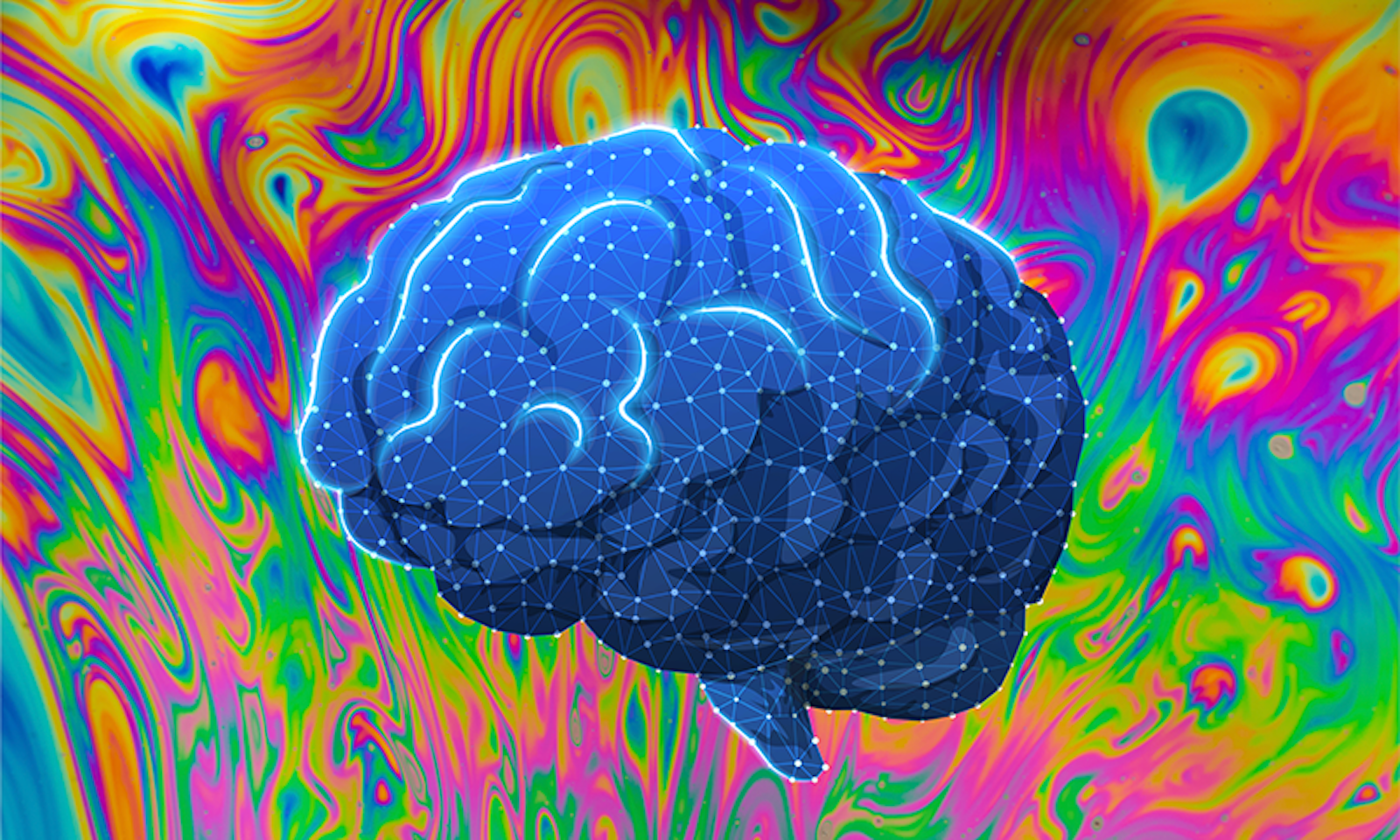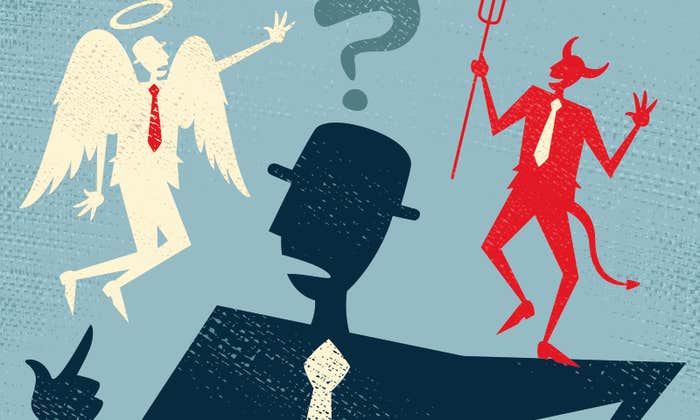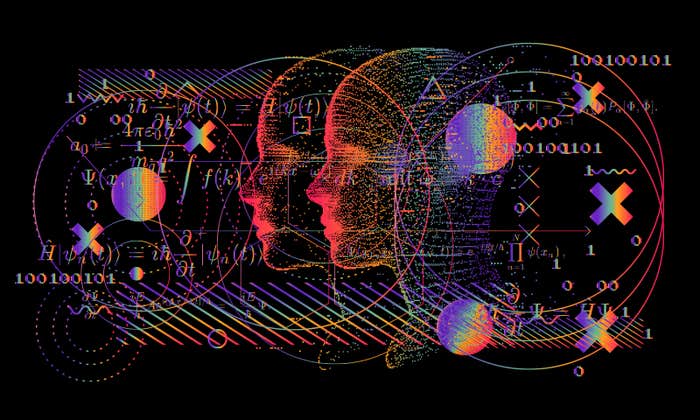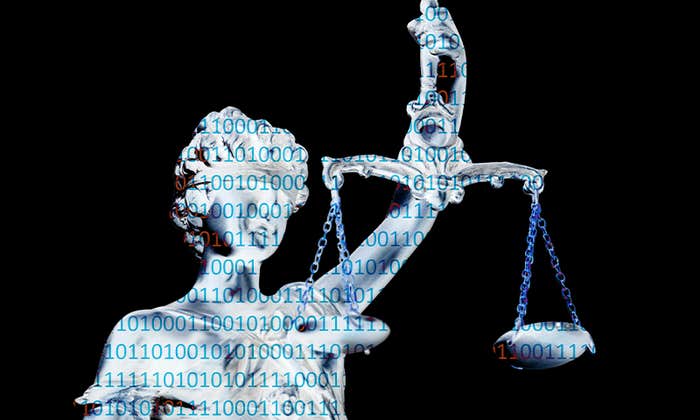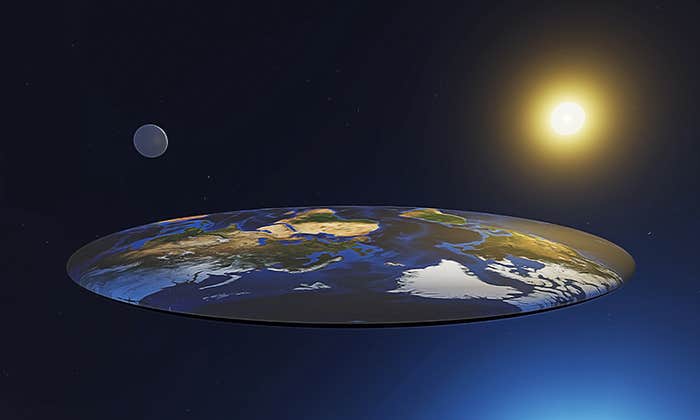One question for Christopher Timmermann, a cognitive neuroscientist at the Centre for Psychedelic Research at Imperial College London, where he leads the DMT Research Group and focuses on the nature of consciousness.

What happens to my brain on the psychedelic DMT?
The DMT experience is one in which people report going into a different dimension, an alternate reality that feels convincingly real, even more real than this everyday reality. One that has a spiritual significance. In that DMT experience, they sometimes encounter beings. In our latest study we looked at brain scans using fMRI and EEG, and found that this feeling of immersion appears to be underpinned by a dysregulation of the systems in the human brain—in the prefrontal cortex, in the temporal cortices—involved in planning, decision making, and semantics. The way in which we construct meaning, essentially.
The brain usually functions in this modular, organized, hierarchical way. You have different networks and systems that crystallize as we grow older. What we see with DMT (specifically N,N-Dimethyltryptamine) is that the systems that generate complex behaviors and tasks stop working in this specialized fashion. They start to work in synchrony with the rest of the brain. The specialization is interrupted. The hierarchy is dysregulated, flattens out. What you have as a result is a more integrated connectivity in the brain.
DMT constructs a world of experience.
In our day-to-day lives, we have a very good demarcation of what happens inside us versus what happens outside. The sensory areas of the brain that allow us to engage with the external world are very much separated from the reflective areas of the brain that allow us to engage with ourselves. Not on DMT. What we see is that this separation, that usually divides these two poles of organization of the brain, starts to mesh together. The neurons are firing in sync.
On DMT, when people open their eyes, they see images overlaid literally in front of their eyes. They cannot engage with the external world. It’s a very overwhelming experience. This is partly what makes DMT experiences distinct from other psychedelics. The notorious feeling of being in the presence of other living entities—“machine elves” in Western cultural memes—doesn’t appear to be that common with LSD and psilocybin, for instance.
Our hypothesis is, by using areas and systems of the brain related to memory, semantics, and meaning-making, DMT constructs a world of experience. We found some evidence supporting that idea, that we are involving these similar mechanisms that operate, for example, when people are dreaming, which also engages the limbic and temporal systems of the brain related to the way in which we build up a world of experience. We are interested in DMT because it produces an alteration of conscious experience without changing wakefulness, essentially.
One of the most intriguing lessons from psychedelic experiences in general, for many people, if taken in the right context, is that they can perturb their naive realism—the assumption that we perceive the world directly as it is. They can experience how the world is a model we’re constructing in our brains. This is reality as a constrained hallucination. Psychedelics intuitively show that.
Not long ago, we looked at how much what we call “metaphysical beliefs,” beliefs about the nature of reality, change after these experiences. We found that after a single trip, people are more likely to reject the notion that the nature of reality is material or physical. They endorse the belief more that everything in the universe is conscious—the notion of panpsychism. This is, of course, very resonant with many religions. In cultures that use Ayahuasca, which contains DMT, to communicate with the spirit world, for example, the essence of the spiritual is present in nature everywhere. They speak about the spirits of the plants. ![]()
Lead image: dTosh and dexterous simpson / Shutterstock















